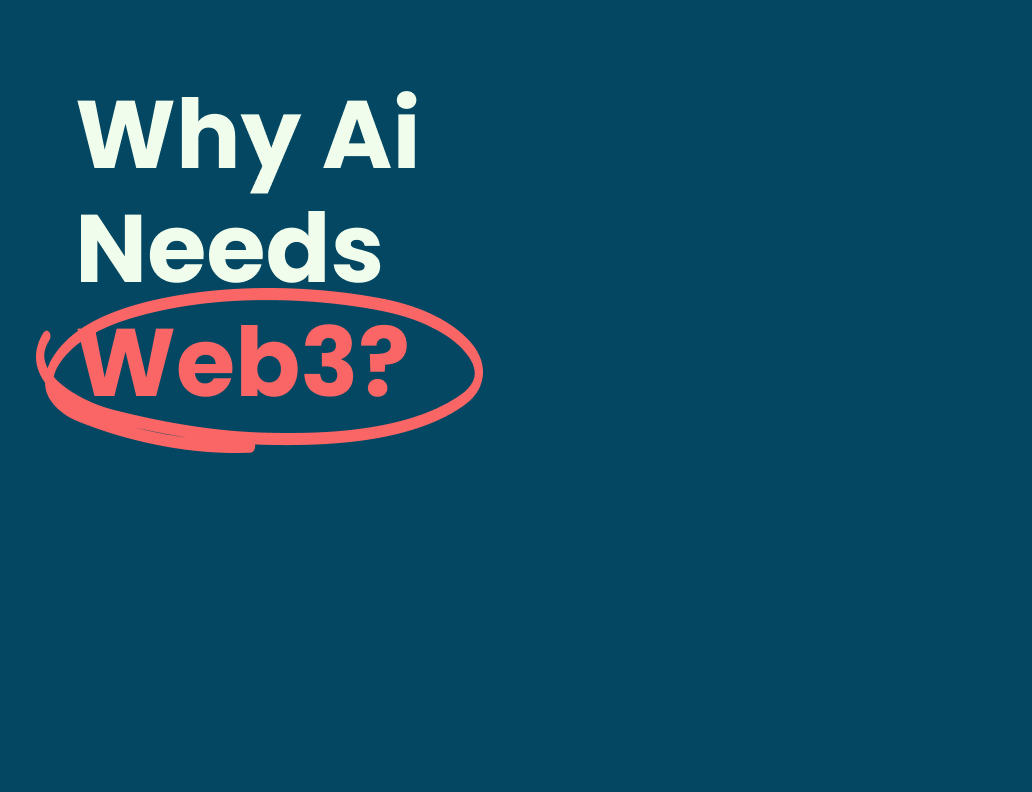
Recently there was a major cryptocurrency conference called TOKEN2049 that took place in Dubai in April 2024. Let’s take a closer look so you can learn a little more about it.
TOKEN2049 is a highly recognized event for everyone in the crypto and web3 space. It brings together industry leaders, investors, developers, and enthusiasts to network and discuss the future of the industry. This year’s event was held in Dubai from April 18-19. At this point, we are ready to introduce you to some of our personal insights and finally tell: “What we have learned from this conference?”
Why AI wants Web3?
We always say that artificial intelligence advancing, but today’s limitations do not allow us to understand its full functionality. This conference explored the powerful reasons why AI and Web3 have become an effective duo, addressing their respective shortcomings and introducing a whole new technology of intelligent collaboration.
The data that is the lifeblood of AI is provided by individuals who receive little or no reward for their work. The massive wealth generated by AI trends flows exclusively to the tech giants that grow and build them. This imbalance acts as a barrier to data delivery and blocks the oil that fuels AI innovation.
Web3: Reshaping the AI landscape
The era of blockchain, Web3, offers a bright spot. By placing AI models and the records used to teach them on the blockchain, it is possible to create an unusual level of transparency and accountability. This dedicated accounting engine allows for careful source tracking. With actual ownership in place, data facilities can be significantly rewarded for their valuable contributions over the long term.
Challenges and Future
The road to AI and Web3 integration is not limitless. Teaching complex neural networks to improve AI requires an enormous amount of computing power. At present, blockchain technology does not yet have the necessary scalability for such a huge task. In addition, most of the facts are currently outside the blockchain’s reach, which poses a significant logistical challenge.
Despite these limitations, the future of AI and Web3 is promising. It will become increasingly possible to train and build AI models on the blockchain. This intersection will open the way for a more ethical AI environment where all participants ( providers of statistics, creators, and users) can benefit. Now, let’s take a look at some of our key points:
Key Points
- Modern AI financial machines are by nature not accurate, and record holders are locked out of any form of credit.
- The decentralized nature of Web3 provides the opportunity to create a more transparent AI environment in the blockchain era.
- The seamless integration of AI and Web3 will require overcoming computational limitations and awkward situations related to the transport of facts.
- The future of AI and Web3 in symbiosis is huge. It will foster innovation and ethical practices.
- Moving forward: privacy, security and ethical perspectives
The issues surrounding AI and Web3 go beyond purely financial concerns. Security and privacy are the most important issues that need to be carefully addressed. Training AI models over distributed networks require large amounts of computing power, raising questions about potential security vulnerabilities. In fact, co-learning technologies that claim to protect privacy may not be as secure as first thought.
Fortunately, Web3 offers a solution using blockchain technology. By allowing the source of statistics and patterns to be followed, ownership becomes transparent and the potential for fraud is reduced. In another example, fully homomorphic encryption (FHE) offers a promising, though expensive, answer to training and running AI models on encrypted data.
FHE is not always feasible due to limited transaction energy, but experts are constructive about advances in FHE acceleration. This may be facilitated by the integration of AI into the chip format. These advances, coupled with predictions of more robust currency models on Web3 and the rise of intermediary markets and stable deepfake apps, paint a picture of the overall future of innovation.
However, the merging of AI and Web3 raises new ethical concerns. As AI becomes increasingly better, the possibility of discrimination between humans and AI becomes a pressing issue. Debates on this topic are likely to be a focus in the coming years.
Conclusion
As you can see, the decentralization and blockchain technologies built into Web3 offer a strong direction toward a more stable and private future for AI improvements. Technical challenges remain, but progress in creating FHE and unique privacy is promising. So, we can expect many groundbreaking packages to come out as AI and Web3 continue to merge. During this progress, however, we must also address the moral implications of this powerful partnership.
